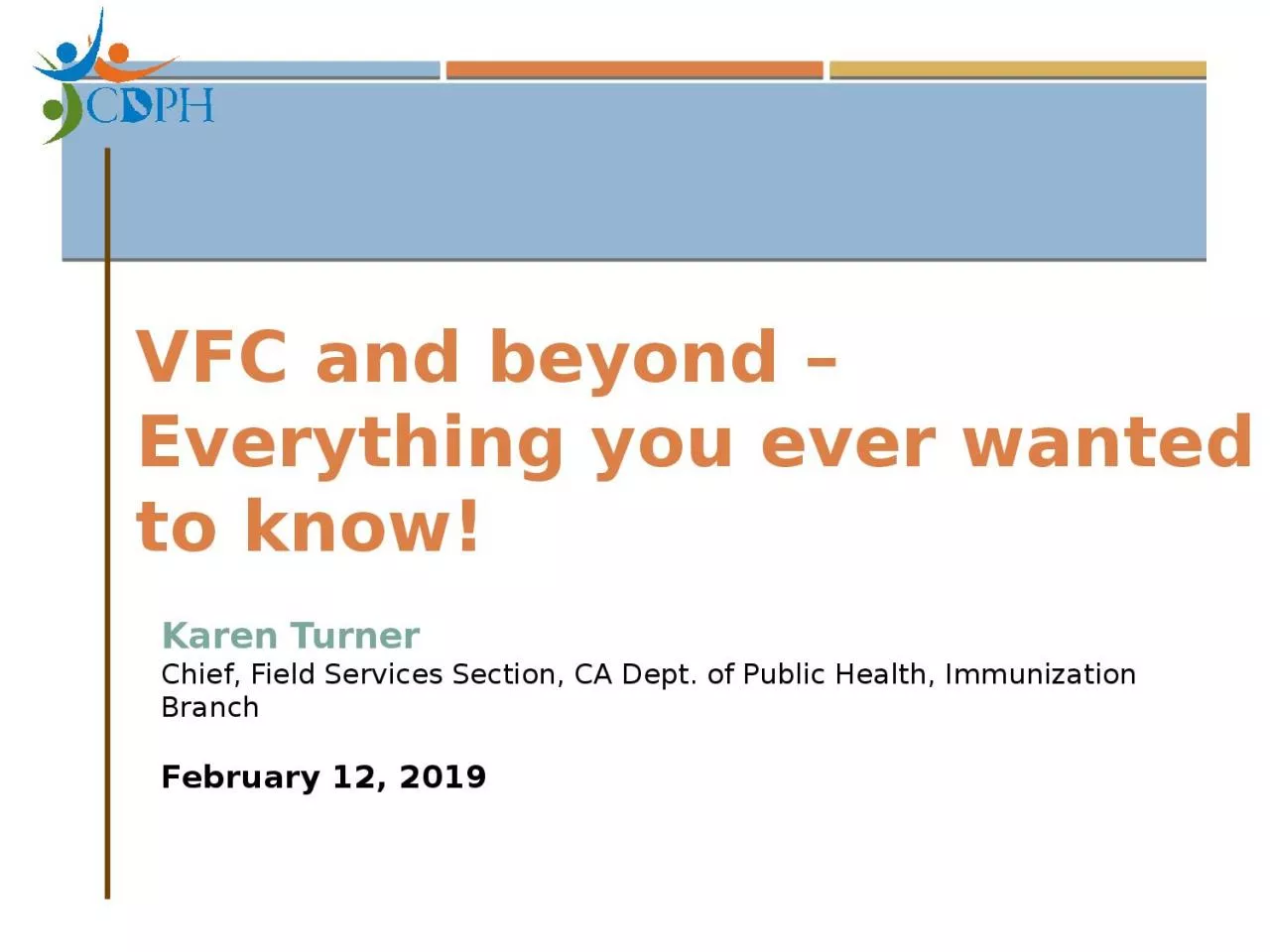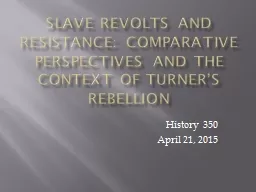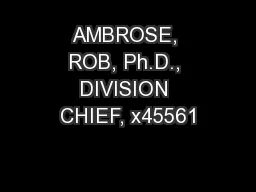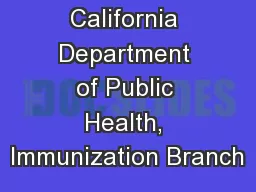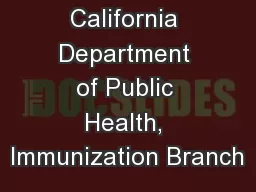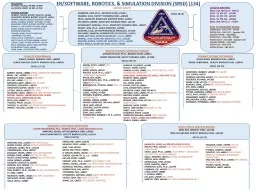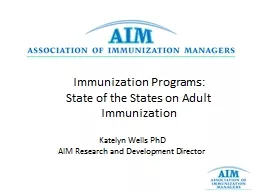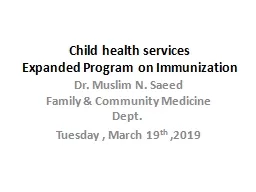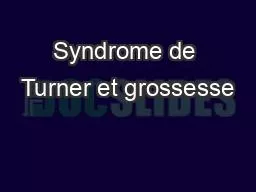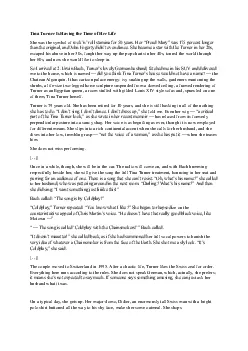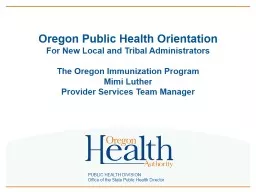PPT-Karen Turner Chief, Field Services Section, CA Dept. of Public Health, Immunization Branch
Author : hazel | Published Date : 2024-01-29
February 12 2019 VFC and beyond Everything you ever wanted to know Content Overview VFC Update VFC Program Background VFC Eligibility VFC Enrollment VFC Vaccines
Presentation Embed Code
Download Presentation
Download Presentation The PPT/PDF document "Karen Turner Chief, Field Services Secti..." is the property of its rightful owner. Permission is granted to download and print the materials on this website for personal, non-commercial use only, and to display it on your personal computer provided you do not modify the materials and that you retain all copyright notices contained in the materials. By downloading content from our website, you accept the terms of this agreement.
Karen Turner Chief, Field Services Section, CA Dept. of Public Health, Immunization Branch: Transcript
Download Rules Of Document
"Karen Turner Chief, Field Services Section, CA Dept. of Public Health, Immunization Branch"The content belongs to its owner. You may download and print it for personal use, without modification, and keep all copyright notices. By downloading, you agree to these terms.
Related Documents

